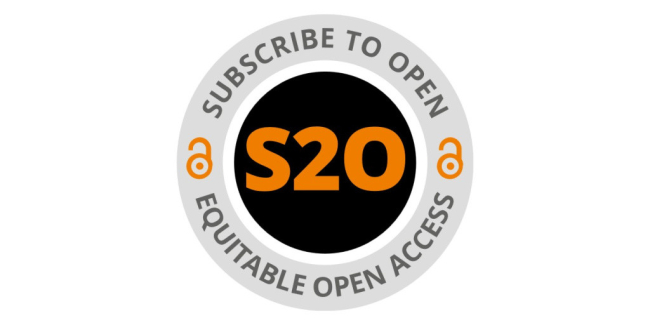Open access (OA) refers to a policy where scholarly work (articles, books, data) or other forms of digital research are made available on the web at no charge, to anyone who wants to access it with minimal copyright restrictions.
Benefits of Open Access
Depending on the resources’ licensing terms, users can find, view, download, print, copy, reuse, and even modify them for any (lawful) purpose, usually without financial, legal, or other barriers. In addition to reduced barriers, open access increases the visibility and availability of the author’s work. Universities who embrace open access journals and publishers can mitigate the effects of enormous subscription fees.
When important research is made available faster and to a greater number of people, everyone benefits.

Publishing Open Access
Although open access is intended to make research available at no charge, there are still upfront costs involved in making this happen. Because this is a relatively new practice, there are still various economic models being tested to see what works best, and which are most equitable for all parties involved.
Some publishers use “Closed” or subscription-based models, which require payment for access. Those looking to offer free access to materials, typically use one of five common OA models—the most popular being “Gold” and “Green.” You can learn more about the models in the table below.
|
Image

| Bronze. Peer reviewed articles published in subscription journals. Authors transfer copyright to the publisher. Publishers make articles freely accessible to the world based on marketing reasons. Free access can be rescinded at any time. |
|
Image

| Hybrid or Gold-hybrid. Peer reviewed articles published in subscription journals. Authors may retain copyright. Authors pay an additional fee to make their articles open access to the world. Other articles in the journal are accessible only through library subscriptions or individual purchases. Mix of open access and subscription. |
|
Image

| Gold. Peer reviewed articles published in full open access journals. Authors may retain copyright. Authors may pay Article Processing Charges (APCs) to publishers to cover their publication costs. All articles in the journal are open access to the world through Creative Commons licenses. |
|
Image

| Diamond. Peer-reviewed open access journals where authors do not pay article processing charges to publishers and institutional funds support most publication costs. Authors may retain copyright. All articles in the journal are open access to the world through Creative Commons licenses. Articles published in Diamond journals are considered Gold articles. |
|
Image

| Green. Un-refereed preprint manuscripts or refereed author accepted manuscripts (AAM) published in archives or repositories. Authors usually retain copyright of preprints, while requirements from publishers vary for AAM. All manuscripts are free to read or open access --usually through Creative Commons licenses-- and available to the world in perpetuity. Some licensing restrictions may apply to articles submitted to subscription publishers. |

| Subscribe to Open (S2O) is a subscription-based model that makes open access to a journal’s current content contingent on an annual subscription target being reached. If the revenue target is met, that year’s content is opened. If it isn’t, access to the content remains limited to subscribers. During open years, all journal articles are free to read or open access --through Creative Commons licenses-- and available to the world in perpetuity. |
Table by Moriana Garcia, University of Rochester, CC-BY 4.0. Images modified from Pixabay (Pixabay License). S2O logo from DOAJ Blog under Creative Commons CC BY-NC 4.0 license.
Open Access Agreements
Below is a list of current library agreements at Rochester that support OA. Ask your librarian for more information or explore our guide on Open Access Support at UR.
- American Chemical Society (ACS - active)
- American Physiological Society (active)
- American Society for Microbiology (active)
- Annual Reviews (active)
- Association for Computing Machinery (ACM - active)
- Cambridge University Press (active)
- Cold Spring Harbor Laboratory Press (active)
- IOP Publishing (active)
- Microbiology Society (active)
- MIT Press (active)
- Public Library of Science (PLOS - active)
- Punctum Books (active)
- Rockefeller University Press (ends Dec 2025)
- SCOAP3 - High Energy Physics (active)
- University of Michigan Press (active)
Subscribe to our listserv -- OpenS -- to receive information about future University Libraries' agreements with publishers and other Open Access news.
Other Resources
- Open Scholarship Guide
- Creative Commons Licenses Guide
- Copyright & Fair Use Guide
- UR Policy on Open Research and Free Dissemination of Ideas and Information
- National Academies - Developing a Toolkit for Fostering Open Science Practices
- UNESCO Recommendation on Open Science
- Open Scholarship Community Rochester

